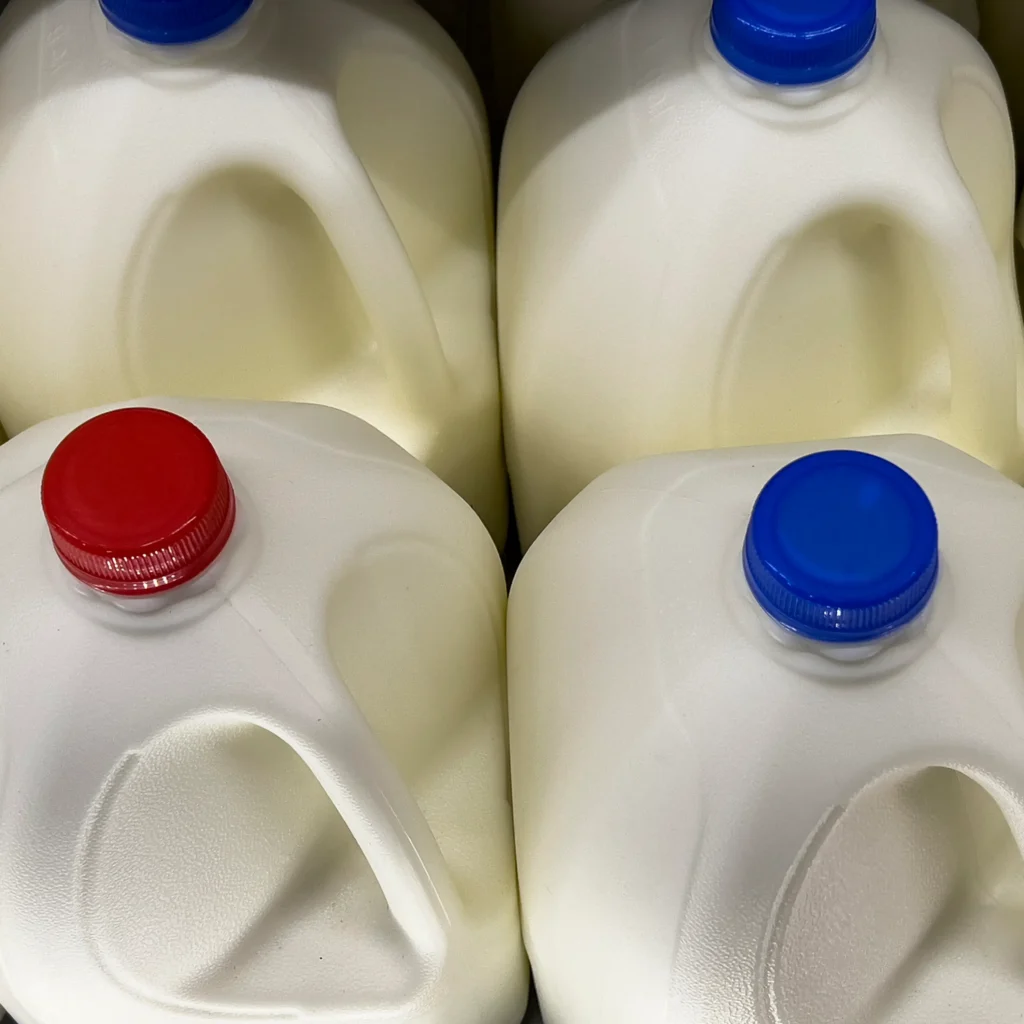Two new reports charge that American school children are being manipulated and frightened by a steady stream of politically motivated educational materials that distort the facts about environmental issues.
Such information short-circuits students’ developing critical-thinking process and prevents them from reaching decisions that reflect exposure to a wide range of opinions, say the reports.
The first report, “Textbook Trash: The Polluting of Environmental Education,” was prepared by the Denver-based Center for the New West, while “More B.S. (Bad Science) in the Public Schools,” appears in The DeWeese Report, a publication of the American Policy Center, Herndon, Virginia.
In “Textbook Trash,” Michael Sanera holds up 11 textbooks published during the past eight years to standards taken from “Guidelines for Excellence,” published by the North American Association for Environmental Education (NAAEE) in Troy, Ohio, and he finds them failing to measure up to the group’s stated goal of fairness and accuracy.
For example, in the two texts that deal with the Earth’s fluctuating ozone layer, the authors reiterate the classic arguments: man-made products are responsible for thinning ozone, which in turn allows more ultra-violet rays to reach the earth and therefore contributes to increased cases of skin cancer.
What the text does not tell students, according to Sanera, is that “. . . there is no scientific proof that current increased rates of skin cancer are due to thinning ozone and increases in UV radiation.” The increased instances of skin cancer are due to, in the words of one dermatologist, “people spending more time outside, not more UV.”
The other book cites as ozone’s enemies freon in refrigerators and air conditioners, and chlorofluorocarbons (CFCs), used in the manufacturer of Styrofoam cups and certain aerosol propellants. CFCs, notes Sanera, are no longer used to make Styrofoam cups, and they were banned from aerosol sprays 20 years ago.
Other issues covered by the texts are global warming, harvesting of forests, air pollution, acid rain, endangered species, human population growth, energy and natural resources, pesticide use and the rain forests.
In the case of “dirty air,” which is caused by car exhausts and other airborne pollutants found in crowded urban areas, Sanera claims this particular text “fails to inform students that air in most of the US is cleaner now than in the recent past and explain why this is so.”
And, Sanera continues, if you believe those wringing their hands over global warming and rising sea levels, be prepared for the day when New York City (and Mt. Everest) will be covered by water. “The claim that global warming will cause sea levels to rise 61 kilometers (37.9 miles) is just wrong,” he said, adding that even those scientists who predict severe global warming state that sea levels might rise six to 40 inches, at most.
A textbook discussion about rain forests provides a blatant example of how politics has crept in classroom materials. Rather than encouraging discussions about the issue, the book urges students to contact the Rain Forest Action Network for information on how to organize “an event” aimed at increasing awareness about the destruction of rain forests.
“This textbook is not suggesting students learn how to analyze all sides of the rain forest issue,” Sanera said. “It is encouraging students to actively support a group that represents just one side of the issue.”
In the DeWeese Report, the plight of “homeless penguins” is brought to light in an article written by Orlean Koel, a California teacher who last year challenged the assertion that global warming was melting the polar ice caps and threatening the natural habitat of penguins.
The target of Ms. Koel’s wrath was the Dec. 8, 1997, issue of “Scholastic News,” a weekly newspaper distributed in elementary schools. Students who read that issue saw a cover with a photograph of two penguins standing in snow under the headline: “Homeless?”
Koel’s article, which includes a letter she wrote to an editor, is long- winded, self-congratulatory and suggests that God took a direct action to make certain species extinct.
Nevertheless, her point that slanted information is making young children “paranoid” about the environment is valid. Koel takes on the notion advanced by the newspaper that the “steady” rise in the earth’s temperature may be harmful to humans.
“What steady rise? she asks, noting that even those responsible for the articles admit at the end that, on average, the planet is only one degree warmer than it was a century ago.
Koel concludes her criticism of “Scholastic News” with a condemnation of the Kyoto Treaty as an agreement that benefits Third World countries at the expense of the United States, and she also ridicules the idea that global warming will cause massive flooding over the continents.
“How tragic to have our entire nation so drastically effected over a treaty that is based on . . . B.S. (bad science) and hot air.”



